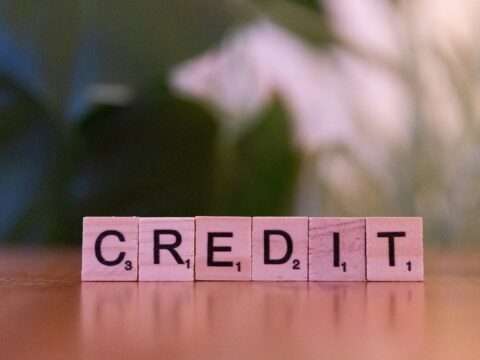A Step-by-Step Guide to Funding Your Business Loan Deposit with Confidence and Strategy
When you’re gearing up to apply for a business loan, one of the first big questions that pops up is: How much do I need for a down payment, and where do I even get that money? You’re not alone if that part feels a little overwhelming. Down payments are a normal part of the business loan process, but they can definitely be a hurdle if you’re not prepared.
Lenders often want to see that you’re invested, literally, which usually means putting down a percentage of the loan amount upfront. But there are several smart, manageable ways to come up with that cash.
In this article, we’ll break down how business financing down payments work, how much you might need, and practical tips for pulling those funds together, without draining your savings or stressing yourself out.
Why Do Lenders Require a Down Payment?
Have you ever wondered why lenders require a down payment? Well, it might seem like an extra hurdle, but there’s actually a solid reason behind it. Lenders want to know you’re financially invested in your business. When you put your own money on the line, it shows commitment, and that makes lenders more comfortable taking a risk on you.
Think of it as a shared responsibility: you’re not asking them to shoulder 100% of the burden. Plus, a down payment lowers the lender’s risk because it reduces the amount they need to loan out. If things go south, there’s a better chance they’ll recover their money. For you, a down payment can also mean smaller loan payments and better interest rates over time. So while it may feel like a big ask upfront, it’s actually a smart move for both sides in the long run.
How Much Should You Expect to Put Down?
So, how much money do you actually need to put down for a business loan? The answer depends on the type of loan you’re applying for and the lender’s requirements. For many traditional bank loans, expect to put down around 10% to 30% of the total loan amount. SBA loans tend to be a bit more flexible, often requiring as little as 10%, especially if you have strong credit and solid business finances.
Equipment loans and commercial real estate loans may also come with their own specific down payment percentages. What’s most important is that lenders want to see you have some skin in the game; it lowers their risk and shows you’re serious. If you’re unsure what percentage you’ll need, it’s always a good idea to ask the lender upfront so you’re not caught off guard when it’s time to seal the deal.
Smart Ways to Fund Your Down Payment
Coming up with a down payment doesn’t always mean draining your personal savings. In fact, there are several smart ways to gather the funds without putting your financial stability at risk.
Option One: Use Retained Earnings
Tap into retained earnings if your business is already generating revenue; this shows lenders you’re reinvesting in your own success.
Option Two: Seeking help from friends or family
Another option is to seek help from loved ones through informal loans or equity investments (just make sure everyone’s clear on the terms).
Option Three: Use business grants or crowdfunding platforms
The last option is to use business grants or crowdfunding platforms to cover part of the cost. There are many government and private-sponsored programs available to the average business owner, such as:
- SR&ED Tax Credit (Scientific Research & Experimental Development)
- CanExport (SMEs & Innovation)
- Canada Digital Adoption Program (CDAP)
- IRAP (Industrial Research Assistance Program)
- Strategic Innovation Fund (SIF)
- Sustainable Development Technology Canada (SDTC)
- Women Entrepreneurship Strategy & Ecosystem Fund (WES Fund)
- Regional Development Agency Programs
- Canada Job Grant
- Canada Agricultural Partnership (CAP)/Sustainable Canadian Agricultural Partnership
What to Avoid When Making Your Down Payment
How you come up with the funds matters just as much as the amount itself, in terms of making your down payment, and with that being said, there are several instances where it’s best to avoid a down payment.
One of the biggest mistakes entrepreneurs make is draining their personal savings or emergency funds to cover the cost. Sure, it might get you the loan, but it could also leave you financially vulnerable.
Another red flag? Taking on new debt, like maxing out a credit card, to fund your down payment. Lenders can see that and may question your financial stability.
Also, we recommend avoiding mixing personal and business finances during this process. It’s tempting, especially for newer business owners, but it can lead to accounting headaches and legal complications later. The goal here is to show lenders you’re responsible and financially prepared, so be strategic, not reactive, when coming up with your down payment.
Building a Down Payment Fund Over Time
If you’re not quite ready to make a down payment today, that’s totally okay. Building a fund over time is often the smartest move you can make. It’s like prepping your business for long-term success. You’ll want to avoid going into debt for your down payment and not using personal credit cards or accounts for business finances.
But once you’re finally financially ready, we say, go for it. What you should take away from this article is this: Plan ahead and stay disciplined. By the time you’re ready to apply for a loan, you’ll have not only the funds but also the financial habits that lenders love to see.




